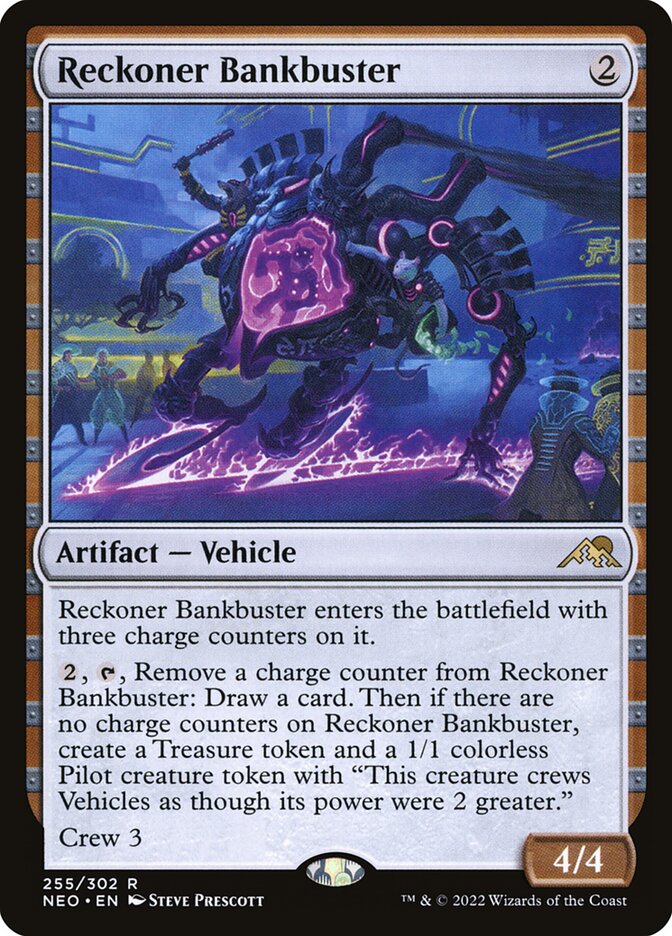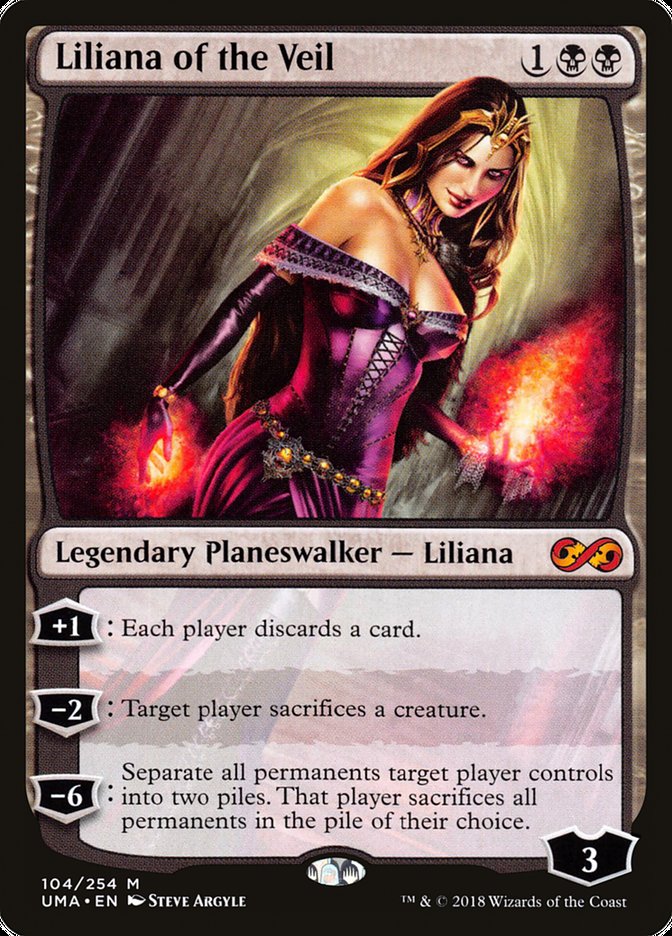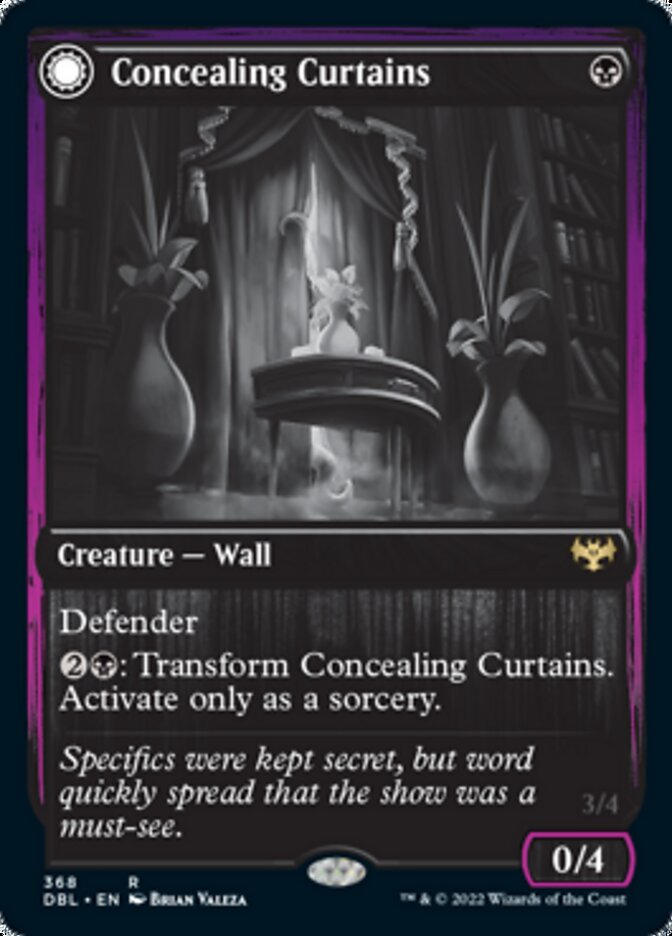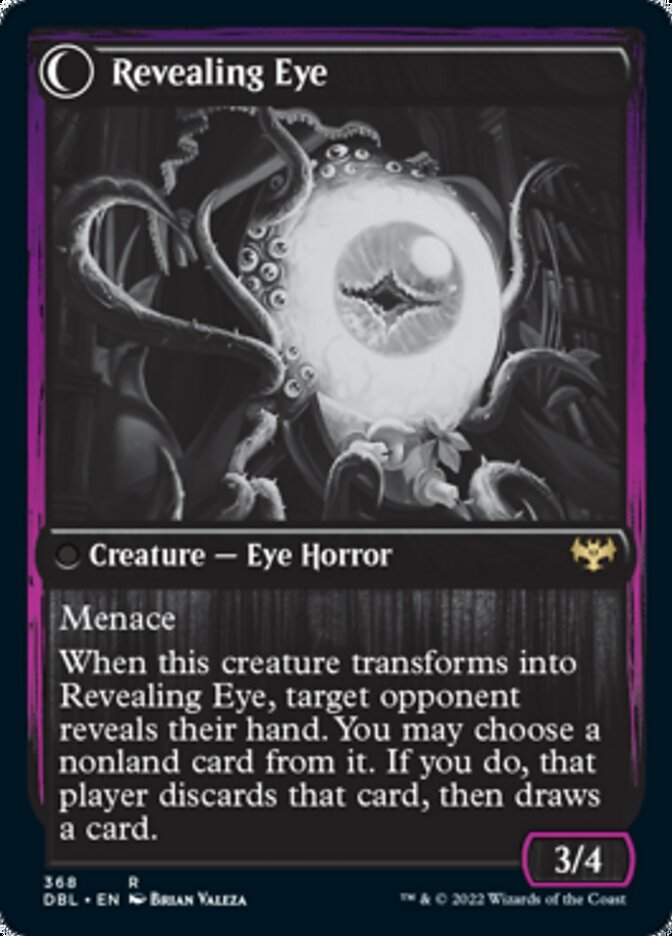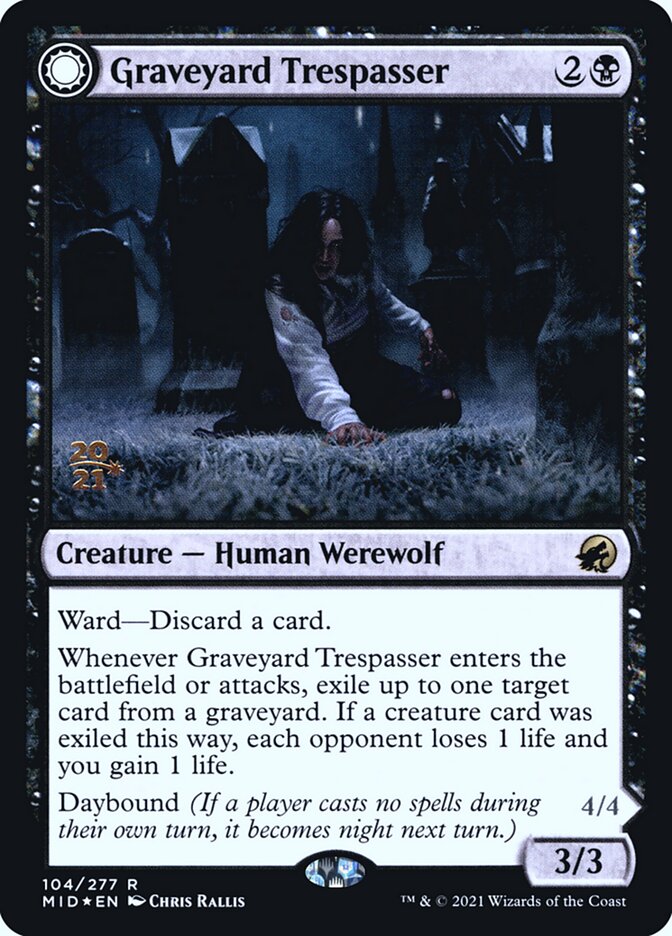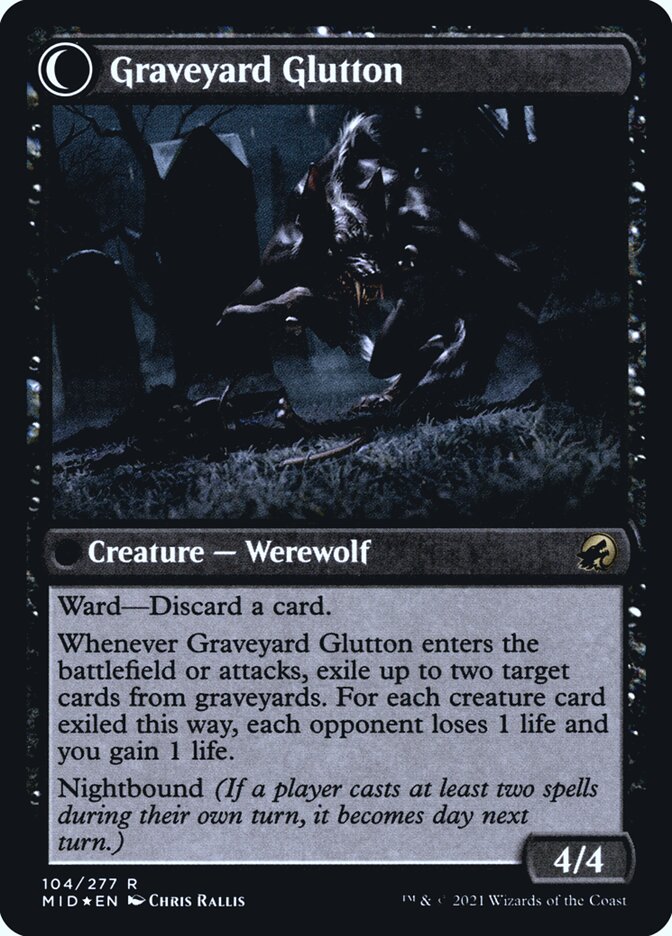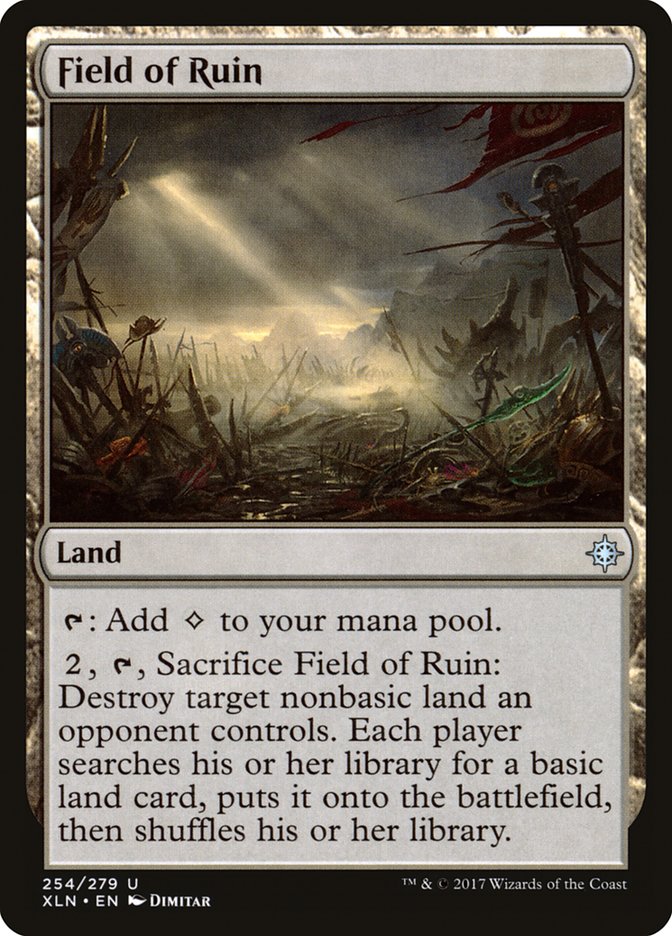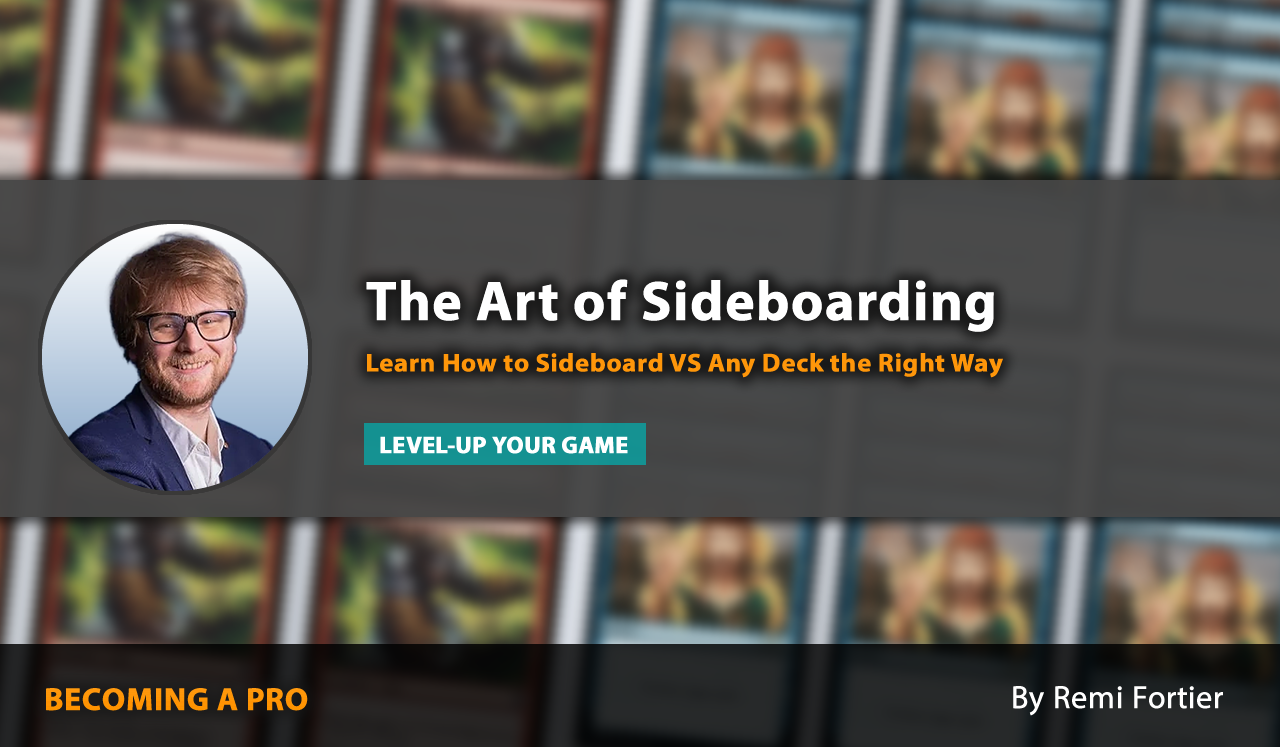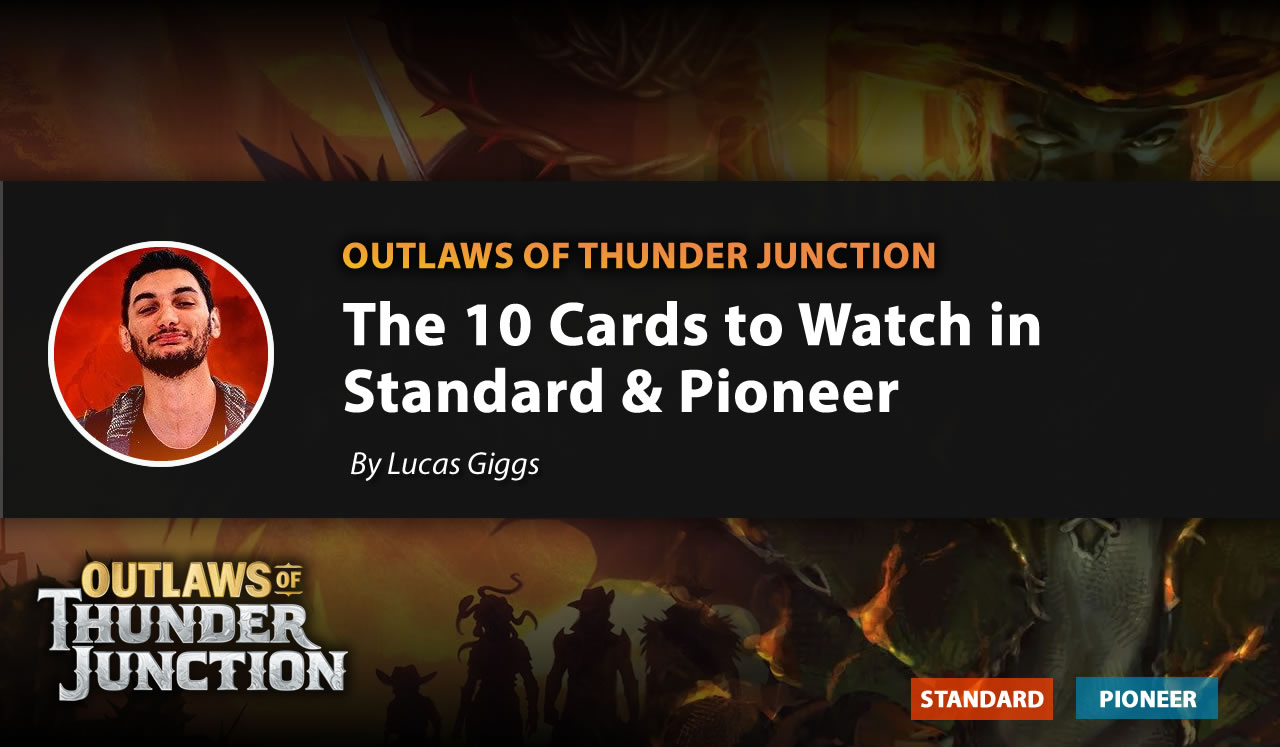Building and breaking metagames: The Halo effect of Deckbuilding
The Halo effect of Deckbuilding
NETDECKING REQUIRES JUDGEMENT
Have you ever used someone else's list for a match? When reviewing the list, you may understand some of the card choices, but not others. Without sufficient experience with the deck, it may be difficult to determine whether any changes should be made. In this situation, it may be tempting to trust the judgment of the original deck builder and follow their list as is.
Have you ever used someone else's list for a match?
Many players, including myself, trust the lists that they use and then their lists get posted if they do well. However, what if the original list had an incorrect number of lands or a missed opportunity to upgrade a removal spell?
Winning with a Flawed Deck
MONOBLACK DURING DOMINARIA STANDARD
I remember winning a Challenge with a flawed list, and I'm sure others have had similar experiences.
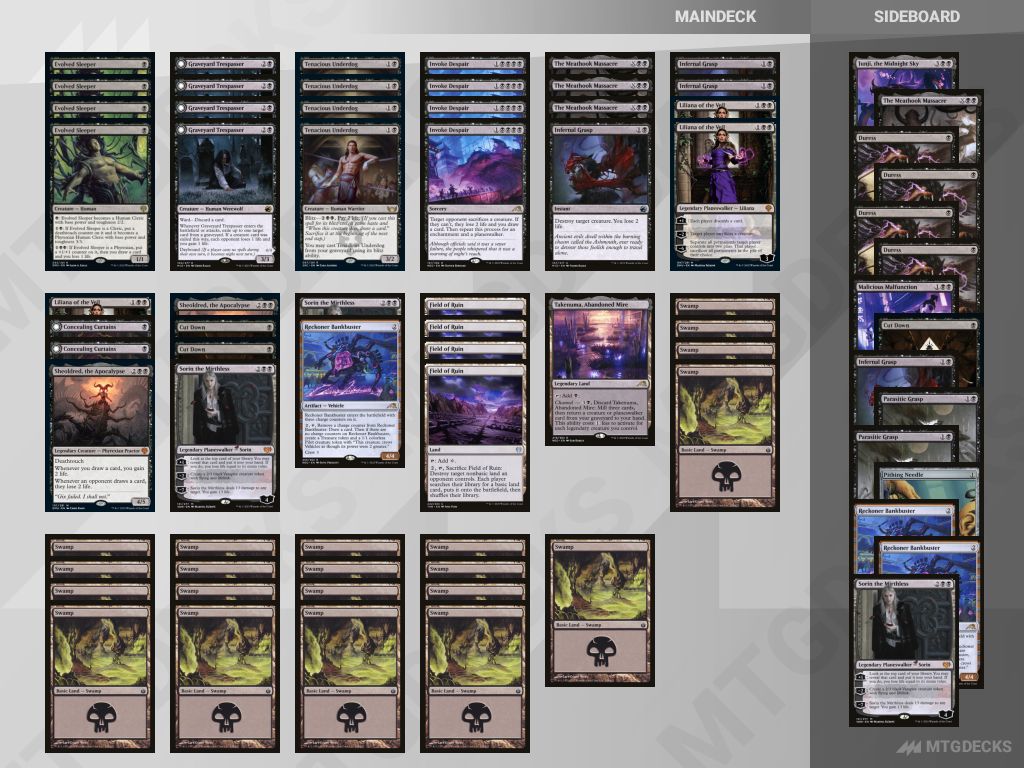
https://mtgdecks.net/Standard/mono-black-decklist-by-mogged-1446132
During the first challenge of the DOM Standard format , the lack of prior results due to the new rotation made it difficult for players to rely on established strategies or decks. As a result, almost everyone had to try out something new and innovative in order to succeed. I hadn't had much practice with the deck, but I believed that the cards could be easily combined into a midrange "good cards" deck using some deckbuilding principles from Limited like a solid curve and a balanced threat to answer ratio.
I won the challenge due to my better play and because my deck had a simple, foolproof plan. In a new format, it is much easier to build a mono-black deck compared to the complex three-color midrange decks we have nowadays.
This is what my friend and fellow MTGO grinder “o_danielakos” told me after my win:
Your deck sucks you are the only player who can win with such a terrible deck
(he was basically saying I was lucky)
I usually would have confronted him about his belief that only UR decks are "good," but I realized that he was right- my monoblack list had some obvious issues, such as not enough Reckoner Bankbuster in the maindeck and too many Liliana of the Veil.
In addition, the color black didn't have enough options to address the weaknesses of my deck, such as its vulnerability to being overwhelmed by decks like Jund Reanimator or suboptimal greedy strategies.
REVISITING MONOBLACK
As a result, I decided to fix some errors in my list and play it in the next day's challenge, and informed o_danielakos that I would have an Esper deck ready for the following week, since I didn't have time to prepare it on a busy day.
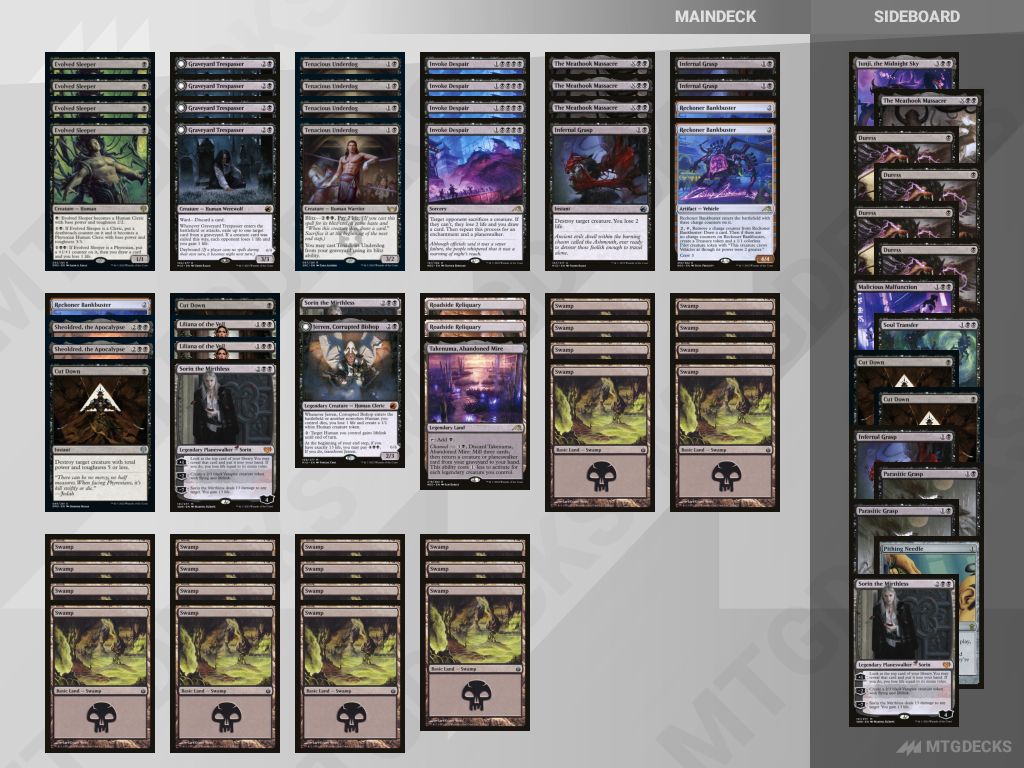
https://mtgdecks.net/Standard/mono-black-decklist-by-mogged-1447973
This was the revised version of my monoblack deck that I played in the next Challenge. I believe it was a significant improvement over the previous version, as I fixed many obvious problems such as cutting Concealing Courtains and trimming a Liliana of the Veil.
I also added more Bankbusters, which was one of the main reasons to play this type of deck because of its synergy with Graveyard Trespasser.
.Metagaming and the Risk of Netdecking
Despite my expectation that this list is better than the previous one, I only ended up in the top 16. It was very early in the format and not many decklists had been proven successful, so people started copying my original challenge-winning monoblack list.
As a result, I prepared the Esper build I had mentioned and won the following week's challenge by exploiting my flawed monoblack list.
However, the weird thing was that most players copied the inferior version of the Monoblack list because it had a #1 next to it and not a #16. This is because the #16 got lost among the many unseen decklists.
Despite the fact that the metagame evolved, I continued to see people doing well with the inferior monoblack list. I knew for sure that monoblack had many bad matchups after the first week, and I attributed its success to the high volume of players running it. I'm sure others also noticed that this deck wasn't performing well against the midrange metagame we were facing, but it took a long time for the deck to die out.
I even remember playing in the arena ladder months later and encountering players running this suboptimal monoblack with Concealing Curtains and Field of Ruin.
.I even saw someone at my LGS today running a similar build to the one I used on the first day of the first week!
A FLAWED METAGAME
The point of all this is that sometimes inferior lists can outlast their usefulness due to factors like those I mentioned. People trusted my result because there were no other results at the time, and then Reid Duke posted a similar list, so they trusted him too. Then, because so many people were playing monoblack, it continued to win sometimes, which led to more #1 placements, making it a popular choice. Meanwhile, it was facing unfavorable matchups against decks like Jund, Esper, Reanimator, and Grixis. Monoblack was the weakest midrange deck, but it saw a lot of play due to a snowball effect of appearing like a good choice early in the metagame. This was a flawed metagame, with some decks being overrepresented or underrepresented, and some cards like Concealing Curtains that shouldn't have seen play at all.
This isn't the only time I've won with a bad deck - I've done it before and I'm sure I'll do it again. I can't be the only one who makes deckbuilding mistakes, and every metagame has its flaws. Every metagame can be exploited by targeting poor deckbuilding, because people tend to rely on single-factor analysis evaluations like winning a tournament to determine the viability of a deck. This isn’t a story about a particular metagame but rather a glimpse into how any metagame is shaped.
What does this All Mean?
By accepting that there is a lot of randomness to how metagames are formed we are able to keep an open mind when it comes to established strategies and archetypes.
- Are competitive players really in control of finding the optimal mapping through a format?
- How much of everything we know up to now is disputable?
- Why did we even assume we can find the correct number of lands for a deck by playing less than thousands of games and keeping track of data?
By keeping an open mind and being willing to question established strategies and approaches, we can identify opportunities to create new and innovative plans for tackling seemingly solved formats. It is possible that not all previous formats have been fully explored or that there may have been missed opportunities to expose powerful but exploitable strategies.
In my approach to deckbuilding, I always begin by assuming that the metagame is influenced by a variety of random factors, such as the ease with which a new card can be included in a deck or the success of a proven deck from a previous format. While these may be useful starting points, I also believe it is important to consider and explore more obscure or difficult-to-integrate ideas that may have the potential to be even better. This requires an open mind and a willingness to think outside the box and try new things, rather than simply following established strategies and approaches without question.
Overall, my philosophy is to keep an open mind and consider all possibilities when building decks, rather than limiting myself to what has already been proven to work.
5 Pillars for Deckbuilding
As we delve into magic theory, we will uncover the methodologies I employ when constructing my decks using concepts such as these to enhance our deck-building process:
- Keeping an open mind: Established archetypes can be hindering something even better.
- Known curve patterns presenting exploitable weaknesses
- Weird/Fringe decks ideas finding a good fit in specific scenarios
- Identifying the overlapping gaps of popular answers to choose the most effective threats
- Employing strategic deception in the sideboard plan/forcing the opponent to choose between bad options
Would you like to see more examples of the concepts we have just discussed? Take a look at my previous article to see many of them in action.
See you soon
If you liked this article maybe you will also find interesting on of the following ones The Art of Sideboarding by Remi Fortier, What is Tempo?
Sign Up for MTGDecks newsletter
You'll receive a weekly email with more articles like this.
MTGO Grinder
Mogged is one of the MTGO grinders behind many of the top winning decks across formats. He has the most Challenge top8s and wins in 2021, and is currently leading in Challenge wins in 2022. His articles show a deep understanding of the MTG theory and are great for those looking to improve their gameplay, better understanding the game, and learning how the metagame evolves over time.

